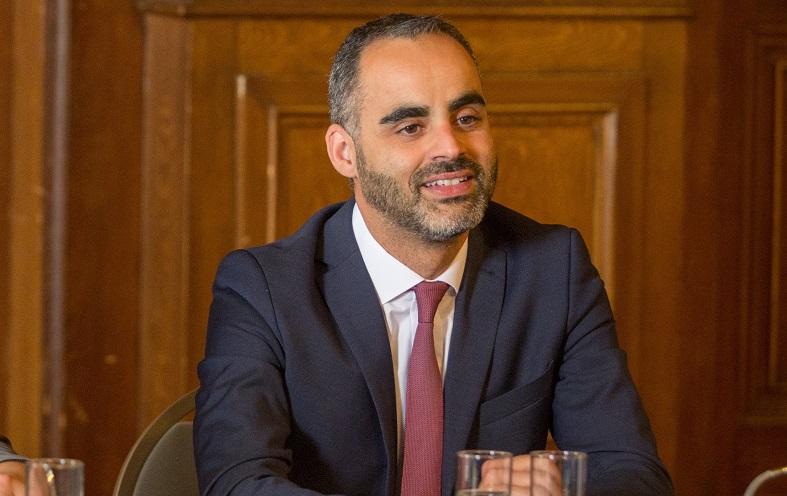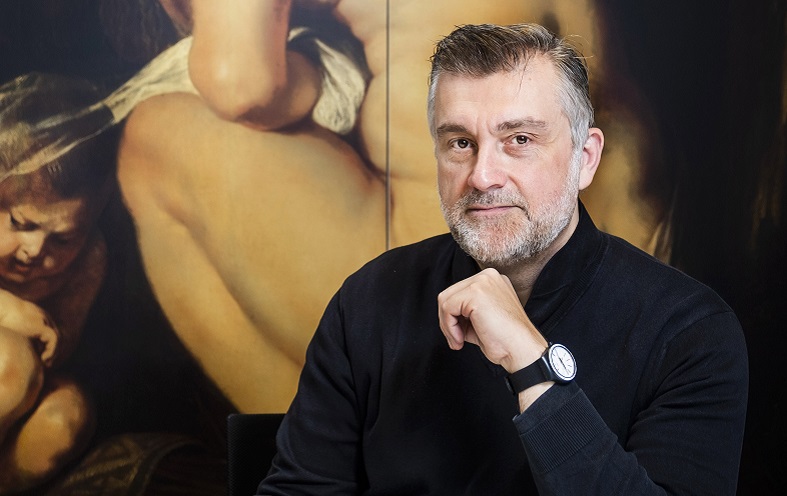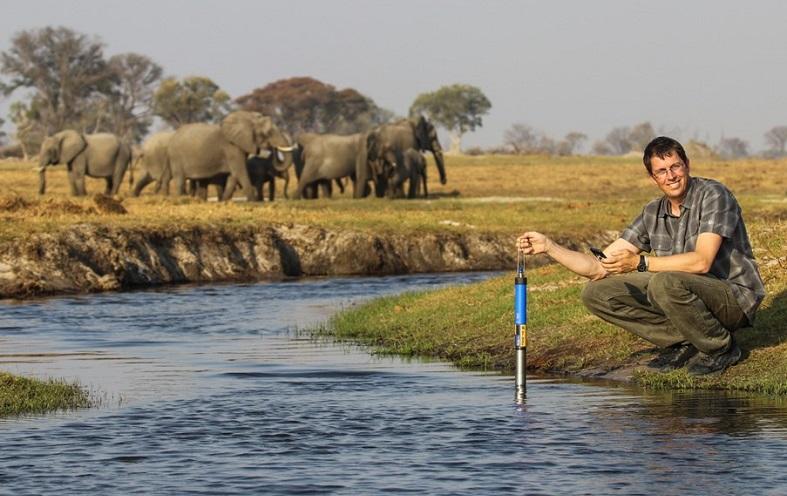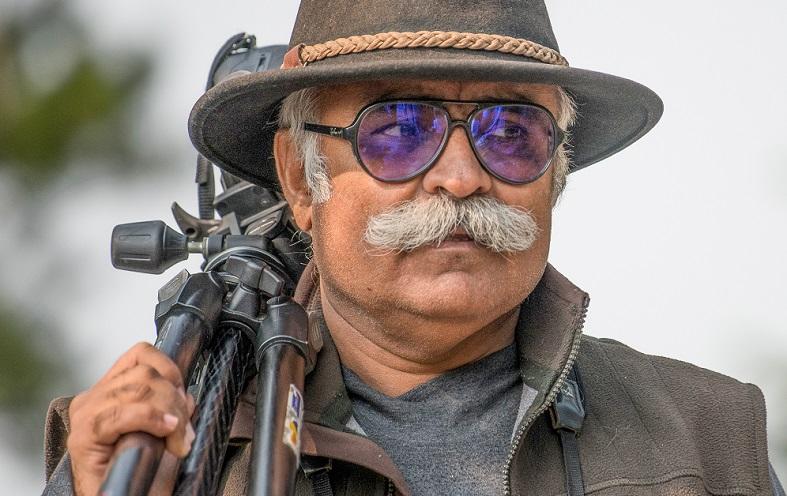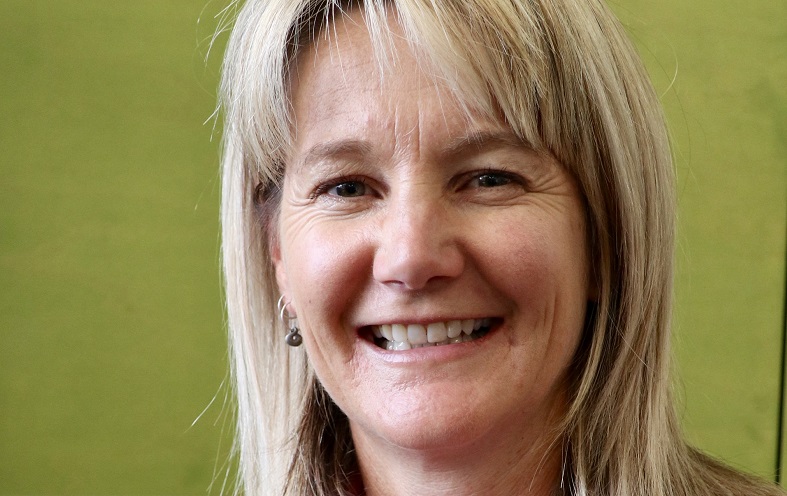
Rachel Vaughan, long-time community and sustainability leader in the small coastal town of Kaikoura, New Zealand, in this interview, shares her thoughts on Kaikoura as destination and how sustainability can make places more resilient when a natural disaster hits, such as stormwater inundations or earthquakes.
Rachel, following your studies of Environmental Science, you have over the last 12 years spent much of your time and energy on promoting sustainability at the Kaikoura District Council in New Zealand. Do you remember what first got you interested in the natural environment?
I was passionate about the environment already as a child. I had a childhood filled with exploring the natural environment and became aware of the issue of endangered species early. My goal was to save blue whales, and I became aware of environmental degradation affecting habitat loss. I can’t tell you when, but I can tell you it has been part of my thinking since childhood. Silent Spring was discussed in my house when I was a child.
When was the first time you heard about “sustainability” linked to tourist destinations?
I visited Cape Tribulation in Australia when I was in my late teens. We had picked up an Aboriginal hitchhiker and hearing him speak about the changes to make way for resorts made me think of environmental impacts and tourism. Maybe sustainability wasn’t part of the conversation then, but the impact on cultural identity and changes to the environment was.
Has your view on sustainable tourism changed since then, through your experience of working in Kaikoura?
Working in Kaikoura has consolidated my ideas of sustainability. It has also changed my view toward tourism, as a lot is to be gained through responsibility, education and experiences. People feel ownership and want to act more sustainably if they have been part of something bigger.
The sustainability (or lack thereof) of destinations is receiving more and more attention, as visitor numbers grow. In your experience, which hurdles are the most difficult to overcome when trying to enhance the sustainability performance of a destination like Kaikoura?
Politics is the biggest issue. Politics affects spending money, conservation and sustainable policy. Politicians are often reluctant to make radical changes or investment that may have a social or environmental benefit, even if the changes are indirect.
The other issue is embedding sustainability into decision-making. This is why businesses are so important in destinations. Business owners can influence public decision-makers and lead by example.
Kaikoura has become well-known around the world as an urban sustainability champion, and an early adopter of the EarthCheck tourism sustainability programme. How did you manage to get this far?
Kaikoura has worked with EarthCheck over the years to improve performance. The work started with educating the Community. The Community had to be on board and embrace the journey. Business leaders in the Community were also instrumental, as they lead by example. Many businesses use sustainable practice in everyday behaviour, from laundry to recycling. Every little action has a positive effect.
Using local government planning documents, sustainability was embedded in the culture of the Community. Decisions were made based on the environmental impact, whilst environmental restoration programs were championed. Our long-term commitment to sustainability means that we have been able to improve environmental performance for the Community over 17 years and counting.
More resilience in the face of natural disasters, such as stormwater inundations or earthquakes, is one of the benefits often associated with sustainable destination management. Having experienced both in Kaikoura, would you agree?
Sustainability definitely made people more resilient. I think there is more that could be done to improve both Community and people’s resilience – rainwater tanks for every house for water storage, solar panels for energy resilience. At a Community level, land set aside for stormwater retention areas to reduce the impact of flooding and increase biodiversity.
In Kaikoura, there will be a time when the Community can reflect on what helped them and what they could do better. That time has not yet come, but I hope that the opportunity will be taken up when it does.
Which trends do you observe in destination management and development at the moment, linked to sustainability?
Sadly, sustainability is seen as an add-on for Community recovery. The rebuild is trying to incorporate sustainability into building design and development. However, it is up to the individual and there are some lost opportunities.
Is sustainability performance becoming a key factor for regional and destination competitiveness and reputation? Where are the links?
I think sustainability is the one thing that destinations cannot afford to overlook. People are more educated and critical now when it comes to sustainability. To remain competitive and retain reputations, destinations have to continually improve their performance. This means investment and keeping abreast of the latest technology. Status quo is no longer acceptable.
In your view, is New Zealand on the right track, as a destination? Which are the key challenges, or “hot” topics at the moment?
I think New Zealand may be on the wrong track, as the nation is very dependent on oil and economic growth. New Zealand has also become very dependent on primary industry exports and tourism. Both of these are very dependent on oil prices. When oil shortages arise, this will directly affect New Zealand’s earning, as a country. I don’t think we are ready of this.
In addition, primary industries are being targeted for climate change initiatives. I think it is time to speak to the urban populations about sustainability and the contribution we all make to climate change. New Zealand needs to look inward. We all have the ability to make small changes to improve our footprints and protect our environment.
One of the projects you were involved with in Kaikoura is the Trees for Travellers initiative. In a nutshell, what was it about?
Trees for Travellers is a carbon offset program, where a visitor can purchase a tree to go toward offsetting the carbon from their trip. However, the program is so much more than that: it is an intergenerational commitment to the environment. An indigenous, locally sourced tree seedling is purchased. This is planted on public land in Kaikoura and goes towards re-forestation and re-creation of indigenous biodiversity. The tree is tagged so the visitor can come back and visit, see the tree grow and contribute to restoring a piece of Kaikoura’s natural environment.
Your advice for destination managers keen to make their place more sustainable?
Trust your heart, there is no one size fits all. You have to find what your Community is passionate about, as it is the Community that leads the commitment. Do it because living responsibly and looking after our planet is the right thing to do. Don’t do it for commercial gain, but remember there are some people you have to sell the concept to, and that commercial gain might be the only thing they understand.
If you could turn back time and start all over again, knowing what you know now about public administration, sustainability and the travel business, would you do anything differently?
Every organization needs an environmental champion. If they are able, that champion needs to take a strategic approach to sustainability. However, in some organizations it is better that it happens piecemeal. When people see the success of environmental projects, they buy into it more.
If I could do things over, I would make the sustainability issue more public, so people can openly debate the costs and merits.
Thank you, Rachel.
Connect with Rachel Vaughan on LinkedIn
Enjoyed our interview with Rachel Vaughan on how sustainability strategies can make destinations more resilient in the face of natural disasters such as stormwater flooding and earthquakes? Spread the word!



